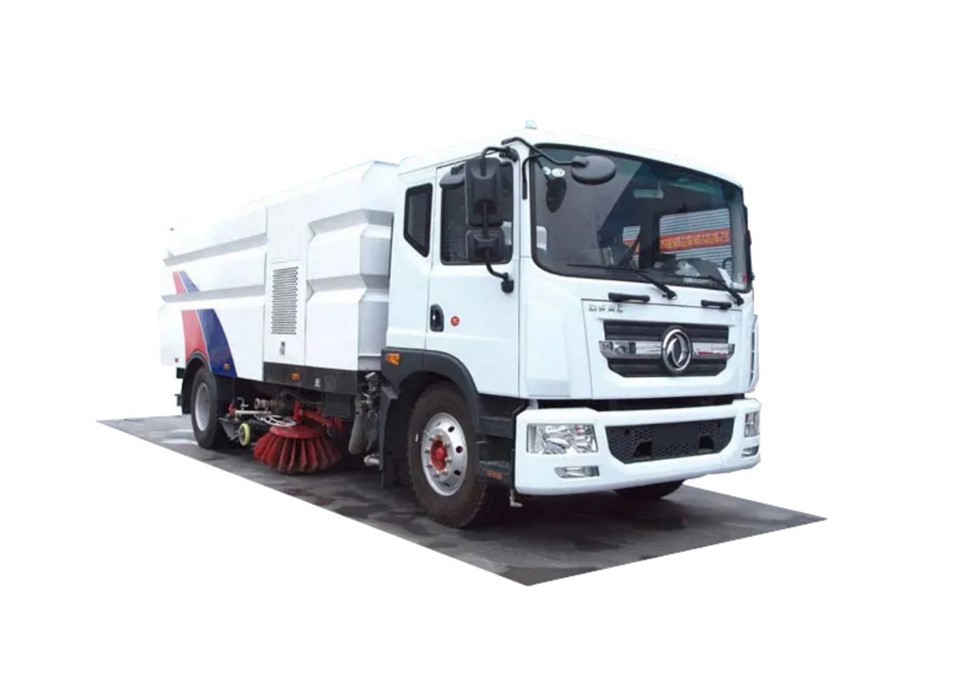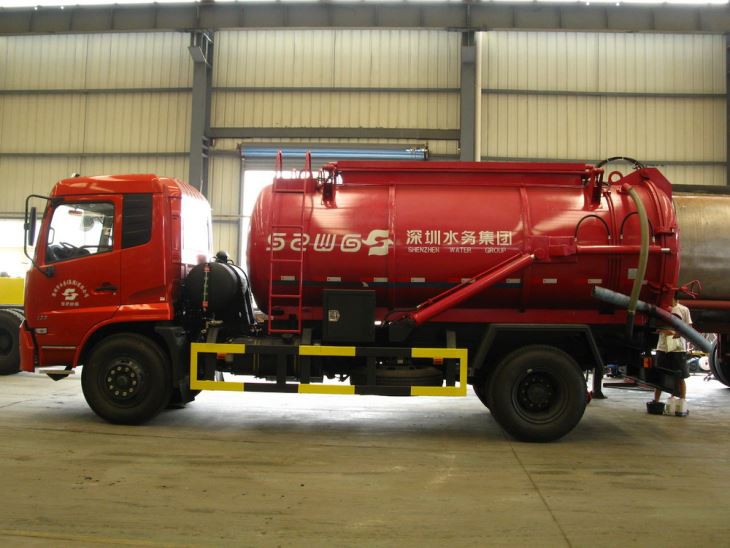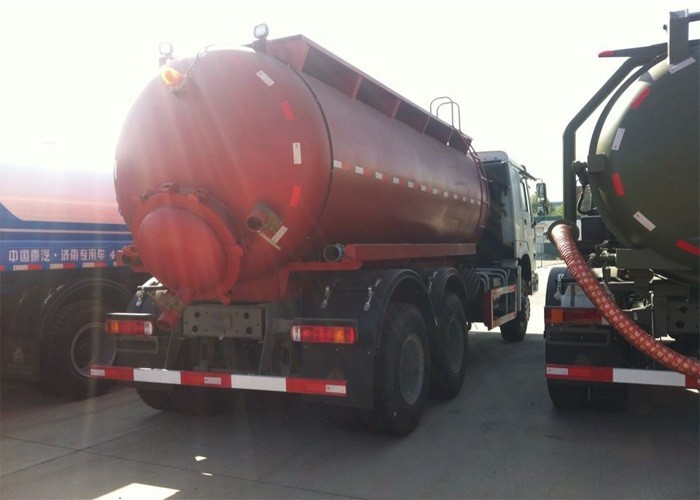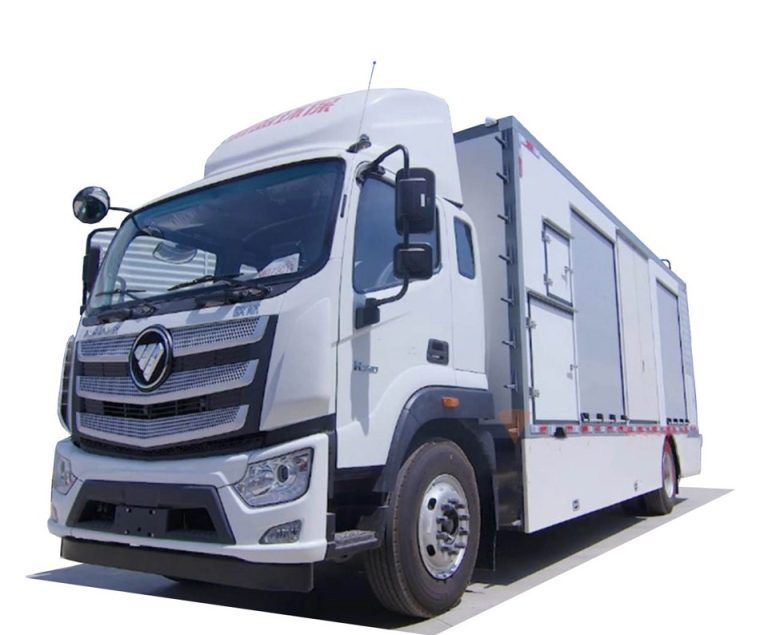Introduction
Jet vac trucks are specialized vehicles designed to efficiently clean and maintain underground pipes, sewers, and other drainage systems. By combining high-pressure water jets and vacuum suction technology, these trucks can tackle a wide range of tasks, from clearing blockages to performing regular maintenance. Whether you’re a facility manager, contractor, or simply curious about these multifunctional machines, understanding how jet vac trucks work, their applications, and maintenance tips can be invaluable. In this article, we delve into the ins and outs of jet vac trucks, their benefits, and their operational nuances.
What is a Jet Vac Truck?
A jet vac truck is a heavy-duty vehicle equipped with both high-pressure water jets and a vacuum system. The primary function of these machines is to clear obstructions in pipelines and to clean debris from different environments. The jetting system uses high-pressure water to dislodge blockages, while the vacuum component removes the debris that is loosened. The combination of these two functions makes jet vac trucks a vital tool in wastewater and drainage management.
The Components of a Jet Vac Truck
Understanding the basic components of a jet vac truck helps clarify how they operate:
- Water Jetting System: Delivers high-pressure water to break up blockage in pipes.
- Vacuum System: Suctions the debris and waste that is dislodged by the water jets.
- Water Tank: Stores fresh water for the jetting process.
- Debris Tank: Collects waste material vacuumed from the pipes.
- Hoses and Nozzles: Direct the water jets and vacuum suction to specific areas.
- Control Panel: Manages the operation of both the jetting and vacuum systems.
Applications of Jet Vac Trucks
Jet vac trucks are versatile tools used in various scenarios. Here are some common applications:
1. Sewer Cleaning
One of the primary uses of jet vac trucks is the routine cleaning of sewer lines. Over time, debris, grease, and other materials can accumulate and lead to blockages. The high-pressure water jets effectively clear these blockages, while the vacuum system removes the dislodged materials.
2. Storm Drain Maintenance
Jet vac trucks can also clean storm drains, ensuring that rainwater flows freely and preventing flooding in urban areas.
3. Catch Basin Cleaning
Regular cleaning of catch basins helps prevent clogs and maintain the efficiency of drainage systems.
4. Industrial and Commercial Applications
These trucks are regularly utilized in industrial sites for cleaning pits and tanks, as well as collecting hazardous waste material safely.
5. Emergency Response
In the event of spills or unexpected blockages, jet vac trucks can quickly respond to restore normalcy.
Choosing the Right Jet Vac Truck
Selecting an appropriate jet vac truck involves considering different factors:
1. Size and Capacity
Different jobs require different truck sizes. Larger trucks have greater water and debris tank capacities, making them suitable for extensive projects.
2. Water Pressure
The water pressure output can vary between models. Higher pressure is often necessary for tougher blockages.
3. Vacuum Power
A powerful vacuum system can significantly affect the efficiency of cleaning operations. Ensure you check the CFM (cubic feet per minute) rating for vacuum performance.
4. Versatility
Some models come with interchangeable nozzles and accessories, increasing their utility across different applications.
Operating a Jet Vac Truck
Operating a jet vac truck requires both knowledge and skill. Here are some practical tips:
1. Safety First
Before any operation, ensure all safety equipment is worn, and the working area is examined for hazards.
2. Assess the Line Condition
Before jetting, it’s essential to inspect the condition of the pipes. Identify any weaknesses or issues that might affect operations.
3. Start with Low Pressure
Begin with lower water pressure to avoid damaging pipes. Gradually increase the pressure as needed.
4. Monitor Debris Tank
Regularly check the debris tank to prevent overfilling, which can lead to inefficiencies.
5. Regular Maintenance
Keep the truck well-maintained with regular checks on hoses, nozzles, and the vacuum system to ensure maximum efficiency.
Maintaining a Jet Vac Truck
Proper maintenance is essential for maximizing the lifespan and performance of jet vac trucks. Here are key maintenance practices:
1. Daily Inspections
Conduct daily inspections of the vehicle systems, including checking fluid levels and inspecting hoses for wear and tear.
2. Cleaning the Debris Tank
After each use, it’s important to clean the debris tank to prevent buildup and corrosion.
3. Hose Care
Inspect hoses for damage and keep them free from kinks or obstructions to ensure proper function.
4. Scheduled Professional Servicing
Engage in regular professional servicing to catch potential issues before they lead to more significant problems.
Jet Vac Truck Cost Factors
The cost of jet vac trucks can vary widely based on various factors. Understanding these can assist with budgeting:
1. Truck Specifications
Trucks with advanced features or those designed for heavier applications tend to be more expensive.
2. New vs. Used
New trucks carry a higher price tag than used models, though used trucks come with their maintenance history and remaining lifespan considerations.
3. Market Demand
The availability and demand within regional markets can also affect prices significantly.
4. Additional Equipment
Customizable options such as various nozzle types or additional attachments may increase the overall cost.
Future of Jet Vac Technology
With advancing technology, the future of jet vac trucks looks promising:
1. Increased Automation
Future models may incorporate more automated systems, reducing human error and improving safety.
2. Eco-Friendly Options
Developers are increasingly focusing on producing eco-friendly versions that use less water and produce fewer emissions.
3. Integrated Monitoring Systems
Advanced monitoring systems may provide real-time data regarding pressures, debris levels, and overall efficiency, further enhancing operations.
Embracing Smart Technology
Incorporating smart technology can revolutionize how operators manage tasks, allowing for more efficient scheduling and maintenance of jet vac fleets.
FAQs about Jet Vac Trucks
1. What is the average lifespan of a jet vac truck?
The average lifespan of a well-maintained jet vac truck is between 10 to 15 years, depending on usage and maintenance practices.
2. How often should jet vac trucks be serviced?
Jet vac trucks should be serviced regularly, ideally every 500 hours of operation or every year, whichever comes first.
3. Can jet vac trucks be used for hazardous waste cleanup?
Yes, jet vac trucks can be equipped and certified for hazardous waste collection, making them suitable for industrial applications where contaminated materials may be present.
4. How much water does a jet vac truck use?
The water usage can vary based on the truck model, but it typically ranges from 200 to 1,000 gallons per job, depending on the application and pipe condition.
5. Are jet vac trucks environmentally friendly?
When operated and maintained properly, jet vac trucks can be environmentally friendly, as they help prevent pollution by ensuring efficient sewage and drainage systems.
6. What type of training is required to operate a jet vac truck?
Operators generally need specific training in vehicle operation, safety protocols, and equipment maintenance to operate a jet vac truck effectively.
Conclusion
With their unique capabilities, jet vac trucks are essential in maintaining public infrastructures and ensuring proper waste management. As technology advances, these machines will become even more efficient, environmentally friendly, and integral to various industries. Understanding their functionality not only highlights their significance but also prepares one for effective operation and maintenance in the field.



